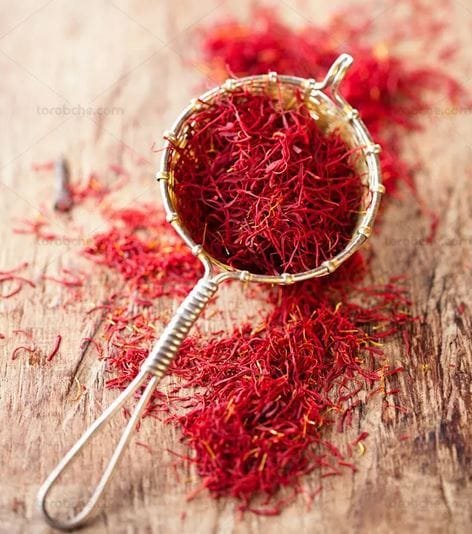 Challenges Facing the Saffron Industry
Challenges Facing the Saffron Industry
Saffron Production in East Azerbaijan :Saffron farmers face many challenges, including low prices, raw sales, lack of government support for saffron exports, intermediaries, labor costs, and the threat of smuggling during the harvest season, which make the situation particularly difficult.
The Importance of Saffron Production in East Azerbaijan
East Azerbaijan is one of the most important and densely populated provinces in Iran, benefiting from its proximity to European countries and neighboring nations that have a high demand for saffron. This province covers 45,491 square kilometers, accounting for about 2.8% of the country’s total area.
Expansion of Saffron Cultivation in East Azerbaijan
Over the years, East Azerbaijan has witnessed significant development in saffron cultivation. Although this has greatly contributed to increasing farmers’ income and improving the living standards of rural households, more attention is needed, especially in the field of commerce.
Saffron Yield and Cultivation Areas
In 2020, farmers cultivated 337 hectares of saffron in East Azerbaijan and produced 1.4 tons. By this year, farmers have increased the cultivated area to 367 hectares, and they have estimated production at 1.7 tons. This yield per hectare is 4.6 kg, higher than the national average of 2.3 kg per hectare.
Saffron Production in East Azerbaijan
Fresh saffron flowers currently cost between 200,000 and 220,000 Toman, and one kilogram of saffron is estimated at 16-17 million Toman.
The Future of Saffron Exports and Trade
Despite the increase in global saffron prices, demand for Iranian saffron has decreased. However, Iran remains the largest saffron producer in the world, competing with Spain, which benefits from better packaging practices.
Supporting Saffron Farmers
Saffron Production in East Azerbaijan : Farmers in East Azerbaijan, like others in the saffron industry, face many challenges. While farmers have made good progress in mechanization and scientific cultivation, they still need to improve the trade of the final product. Cooperative networks can play a key role in resolving these issues and providing solutions for farmers.
East Azerbaijan must develop organized infrastructure, especially in the export sector, to secure the future of saffron cultivation and trade. The development of permanent saffron exhibitions and direct trade channels can help reduce the influence of intermediaries, ensuring that farmers receive fair prices for their valuable crops.
Saffron Production in East Azerbaijan
Although farmers have organized short-term exhibitions for saffron in East Azerbaijan, they must establish permanent saffron markets. These markets will help promote saffron consumption culture in the country and eliminate intermediaries, ultimately benefiting farmers.
Challenges with Saffron Exports
While the global demand for saffron continues to grow, Iranian saffron still faces competition, especially from Spain, which repackages Iranian saffron and sells it as premium-quality Spanish saffron. This issue shows that Iranian saffron needs better packaging and marketing to compete in international markets.
Saffron Production in East Azerbaijan
Despite efforts to mechanize saffron cultivation and harvesting, farmers still carry out these processes traditionally, which affects the quality of the product. The Iranian saffron industry must focus more on mechanization to enhance quality and increase production efficiency.
Final Thoughts on Saffron Industry Growth
The future of the saffron industry in East Azerbaijan depends on improving the entire value chain—from cultivation and harvesting to packaging and export. By leveraging modern techniques and increasing cooperation between farmers and trade organizations, the region can boost its saffron production and establish a stronger foothold in global markets.
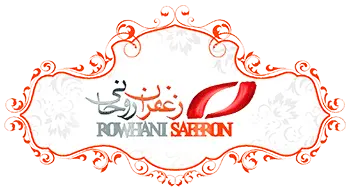
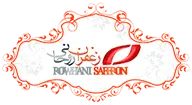
![Exporting Saffron to Turkey + Price Guide [Complete 0 to 100]](https://www.rowhanisaffron.com/wp-content/uploads/f1-372-500x383.jpg)
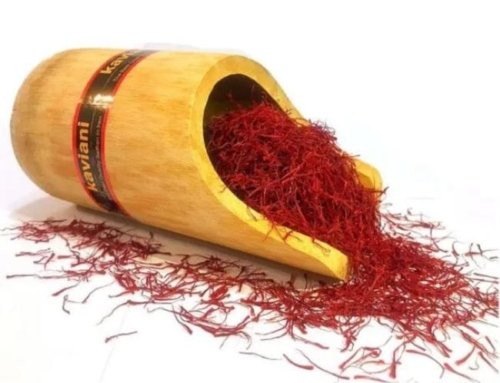

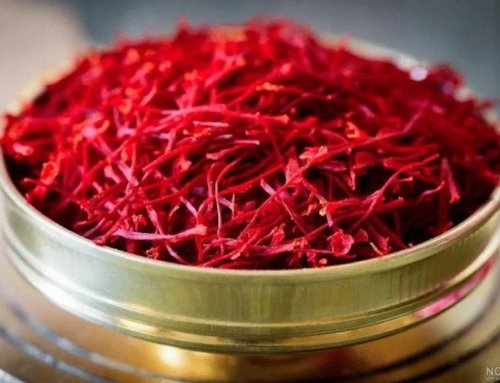
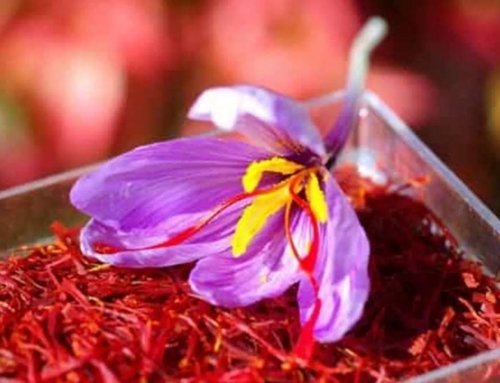
Get Social